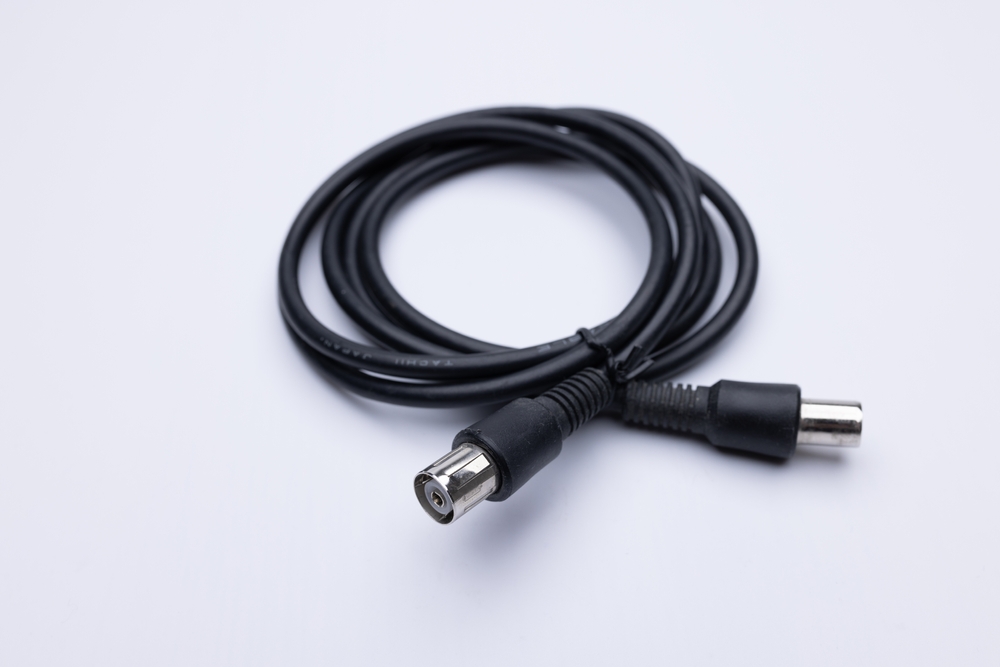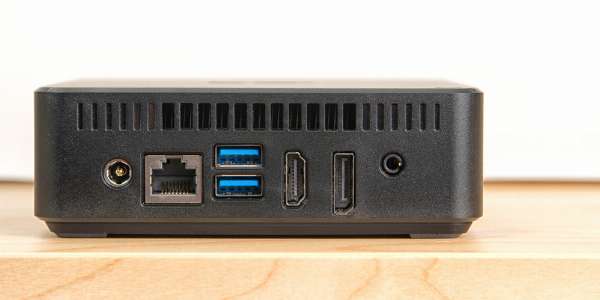Since the introduction of DOCSIS in 1997, it has evolved and remained relevant to the changing technology landscape. DOCSIS allows coaxial cable network users to enjoy high-bandwidth internet access without the extensive and costly procedures of building new infrastructure. There are different versions of DOCSIS, with newer ones offering higher speeds. Below, we’ll go over what you should know about DOCSIS, including where it’s headed.
What Is DOCSIS?
Otherwise known as Data Over Cable Service Interface Specification, DOCSIS is a data transmission standard that uses coaxial cable systems for high-bandwidth data transfer. Originally, coaxial cable systems were used for transmitting cable television service signals (CATVS). Currently, DOCSIS is in its fourth generation. The hardware for DOCIS consists of several components, including a modem termination system located at the cable company's hub site and a cable modem at the user's location.
How Does DOCSIS Work?

The DOCSIS standard uses a cable-TV channel to transmit data from and to the modem. Typically, the cable modem is connected to the user's device through a network card or a universal serial bus (USB). When the cable modem determines the channel for data transmission, it connects to the cable modem termination system (CMTS), allowing users to access services and the internet provided by the operator.
DOCSIS has two main components: a media access control (MAC) layer and a physical (PHY) layer. The MAC layer of DOCSIS prevents frequent traffic jams caused by signals colliding with each other and handles massive amounts of data or information being processed. The PHY layer handles the frequency at which information or data gets transmitted through the physical systems, such as the routing equipment and wiring.
Past DOCSIS Versions
DOCSIS 1.0
The first version of DOCSIS was the D1.0 specification introduced in 1997. This specification allowed users to obtain a bandwidth of 10 Mbps upstream speeds and 40 Mbps downstream speeds. In 1999, this version was upgraded to D1.1, which improved quality of service (QoS) features. Voice over Internet Protocol (VoIP) capabilities were also added to the DOCSIS 1.1 version.
DOCSIS 2.0
DOCSIS 2.0, launched in 2001, provided a higher bandwidth in upstream and downstream channels. It has a maximum speed of 30 Mbps in the upstream channel and 40 Mbps in the downstream channel. D2.0 was a result of the increased demand for network bandwidth.
DOCSIS 3.0
DOCSIS 3.0 had a significant modification over the former versions. It used multichannel bonding that significantly increased bandwidth capacity. This allowed modems to support increased traffic and advanced encryption standards. D3.0 achieved download speeds up to 1 Gbps and upload speeds up to a maximum of 200 Mbps.
DOCSIS 3.1
The DOCSIS 3.0 version was upgraded when CableLabs officially launched the D3.1 specification in 2013. This new version was significantly faster, with a download capacity of 10 Gbps and an upload capacity of around 2 Gbps. The latest modification helped reduce jitter and latency.
DOCSIS 4.0 and the Future of Cable Internet

DOCSIS 4.0 is the next generation of broadband, delivering symmetrical multi-gigabit speeds, low latency, and high reliability. It’s built to support up to 10 Gbps speeds downstream and up to 6 Gbps speeds upstream. A significant advantage is that it boosts the efficiency of existing infrastructure (consisting of fiber-optic and coaxial cable) without needing to lay more cable.
Most cable modems available today use DOCSIS 3.0 or DOCSIS 3.1 technology, but this will change soon. DOCSIS 4.0 has been approved and is ready to be implemented. Along with high speeds, DOCSIS 4.0 means users won't require a new connection.
Cable providers are choosing different strategies to upgrade their networks. For example, some providers are investing in overlaying their networks with all-fiber passive optical network (PON) technologies. Other providers are looking to get the maximum from their existing hybrid fiber-coaxial (HFC) network by upgrading to DOCSIS 4.0.
Internet service providers are expected to implement the DOCSIS 4.0 upgrade soon. A recent industry survey revealed that almost half of the respondents intend to move to DOCSIS 4.0 before the end of 2025.
DOCSIS 4.0 has been called a game changer for the internet industry. Only time will tell whether it’ll help the industry future-proof its service offerings, or if a new version or an entirely different technology will emerge as an alternative.


